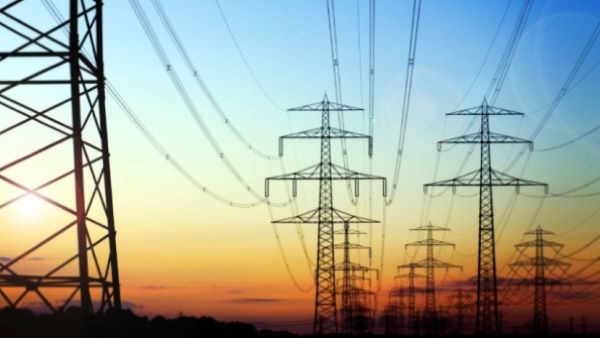GE plans expansion in China
By United Press International
Substation Relay Protection Training
Our customized live online or in‑person group training can be delivered to your staff at your location.

- Live Online
- 12 hours Instructor-led
- Group Training Available
"We expect to grow faster than the nation's GDP gross domestic product," Mark Norbom, president and chief executive officer for GE China told China Daily newspaper on the sidelines of the Summer Davos Forum meetings in Tianjin.
Areas GE will pursue as part of its local development plan include cleaner-coal technology, wind and solar power as well as biogas. "China needs to change its present energy consumption structure, as emissions are increasing due to the huge reliance on coal," Norbom said.
Coal accounts for about 70 percent of China's energy supply.
China, the world's top emitter of greenhouse gases, aims to reduce its carbon intensity rate — the amount of carbon dioxide produced per unit of GDP — by 40 to 45 percent by the end of 2020.
Norbom said GE's wind equipment arm would try to form partnerships with local companies and is also involved in discussions with the State Grid on developing smart grid technologies.
China is ranked highest worldwide as the most attractive location in which to invest in renewable energy projects, states the Ernst & Young's latest Renewable Energy Country Attractiveness Indices.
The United States had held the top spot since 2006.
Ringo Choi, Cleantech Leader of Greater China, Ernst & Young, said in a statement, "China's steady rise to pole position has been underpinned by strong and consistent government support for renewable energy. This, together with substantial commitment from industry and the sheer scale of its natural resources, means that its position as top spot for renewable energy investment is well-merited."
China became the biggest investor in clean energy in 2009, states a Pew Charitable Trusts report, with most of the country's green investments spent on wind and solar power infrastructure.
Seeing China as a prime market, GE established its China Technology Center in China 10 years ago, one of the largest and earliest independent research centers opened by an overseas company in China. The center has a research staff of more than 1,400 and more than 60 laboratories, averaging more than 100 projects each year.
"Our research center here has the leading technology in areas such as clean energy," Chen Xiangli of the center told China Business Weekly. "We serve customers not only in China but also in other countries around the world."











